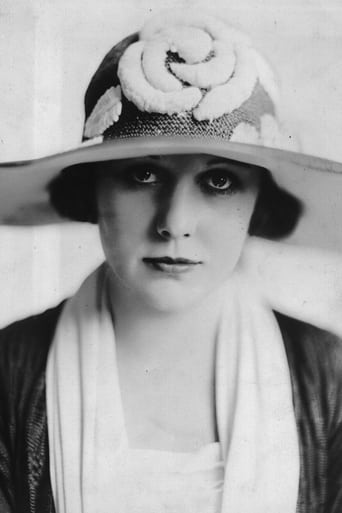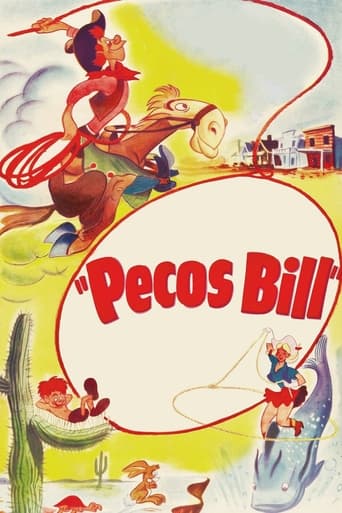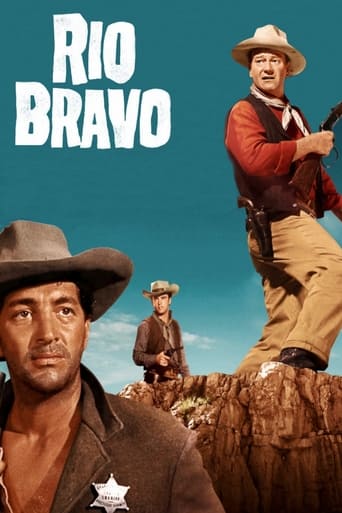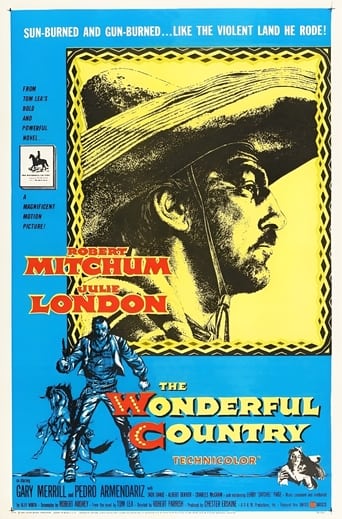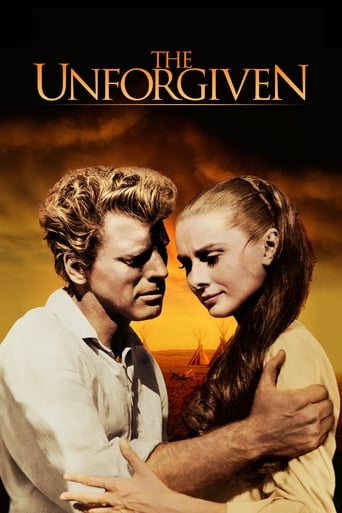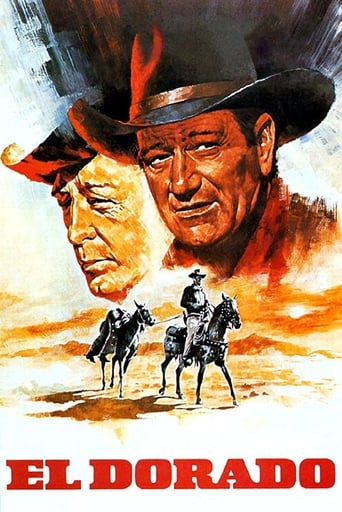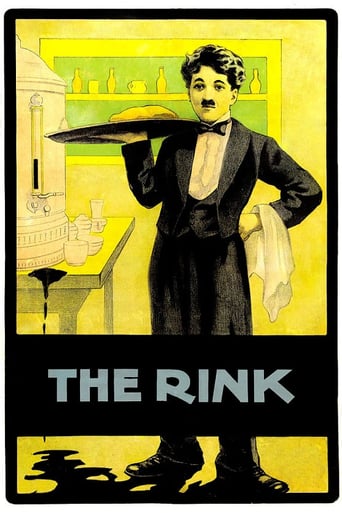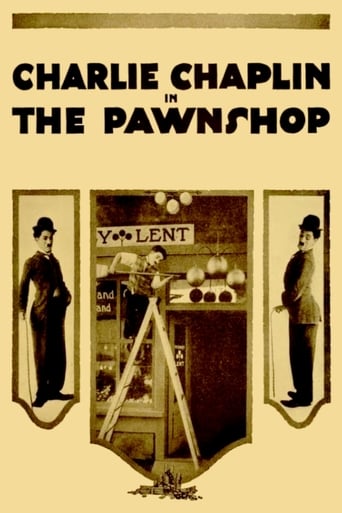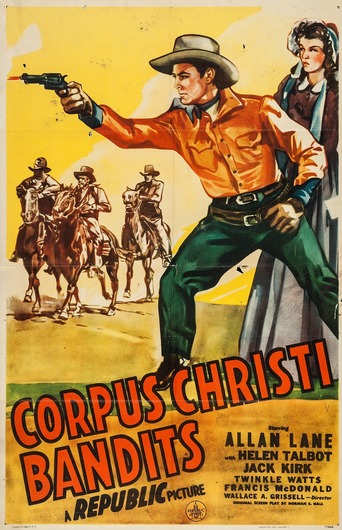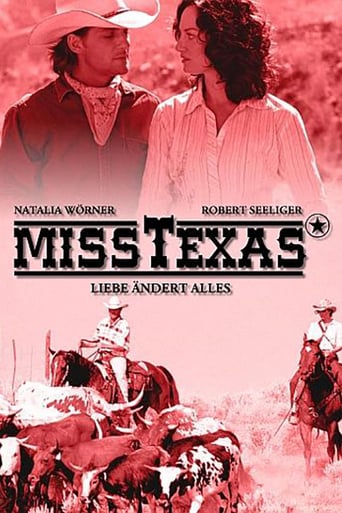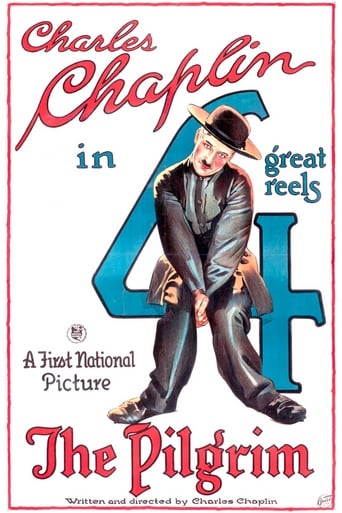
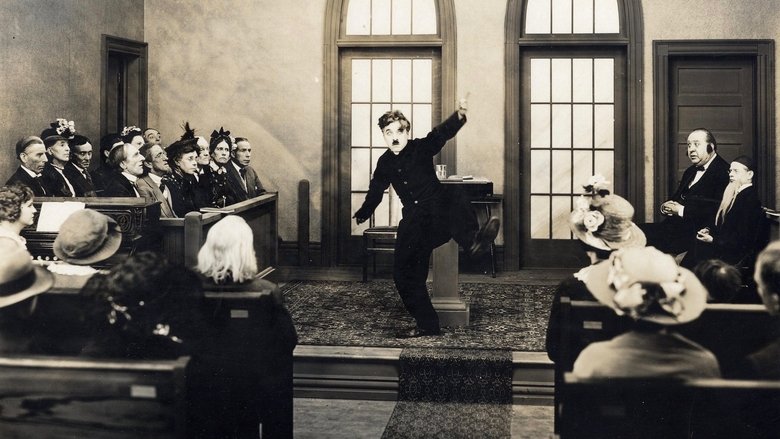
The Pilgrim (1923)
The Tramp is an escaped convict who is mistaken as a pastor in a small town church.
Watch Trailer
Cast


Similar titles
Reviews
Well the plot is very simple, an escaped convict is set free by the policeman himself. But, that's not important. It's the techniques the genius master storyteller employs.There is only three shots in the opening to show us that a prisoner has escaped and roaming around as a different person. We see the reward poster of chaplin's picture and someone after taking bath in the river, comes out to change clothes and he is petrified by seeing a prisoner's costumes instead.Then he goes as a pastor and so on but the thing with chaplin is the little nuances and he is such a detailer and knows people behavior very well. You could see many different characters like kids, adults of all shapes etc.., What i meant to say is that he is so good with the craft, writing and also knows human behavior and values so much that you cant resist praising.A gifted filmmaker and the cinema is so privileged.Enjoyable overall, those little smiles and excitement is all over the movie.
The tramp escapes from prison and, with wanted posters everywhere, takes a train to a place picked randomly Texas. Disguised as a minister he is fortune enough to be mistaken for the real deal when he stumbles into a welcoming party for a town's new minister, Reverend Phillip Pin. A mixed blessing this as it puts more pressure on his disguise and makes it even more important he cover up the telltale signs of a life spent behind bars.As part of my recent film education I have been watching quite a few Chaplin films of this period as Sky have been showing them as a season over the last few weeks and what I have found is what everyone already knows which is that the enduring popularity of Chaplin is not a fluke or accident. No, The Pilgrim yet again demonstrates the talent and skill that Chaplin had because it is very funny, imaginative and well put together. The story is simply and allows for a series of scenarios where Chaplin can work his comedy such as the hat becoming part of the pudding, the early confused chase and so on. However in the smaller moments you can also see plenty of evidence of talent; my favourite moments of the film are the frequent bits of habitual behaviour that betray the tramp as a convict. Having bought a ticket for the train he then climbs under the car because he is not aware of any other way of doing it, or while buying the ticket he leans against the bar as one would in a cage. Little things like this running along with the bigger scenarios make the film that much funnier for having a consistency to it.In front of the camera Chaplin delivers perfectly. I have yet to get into his later films (although I will do) but I will be interested to see how he acts when he has the ability to deliver dialogue with sound. The reason for this is that silent film acting is much different from dialogue driven because near everything has to be done with body language and gestures; goes without saying that he is great at it. He is well supported by a cast getting familiar to me after seeing several of his shorts and the turns from Swain, Purviance, Underwood and others are good.Overall then another classic comedy from Chaplin that is consistently funny due to the bigger laughs blended with lots of clever amusing detail.
Regardless of the terrific pictures that Charles Chaplin directed in the latter half of his career, he will always be best remembered for his portrayal of the Little Tramp, that bumbling yet kind-hearted vagrant with whom audiences continue to fall in love. Making his debut in 'Kid Auto Races at Venice (1914),' Chaplin's "Little Fellow" soon became one of cinema's most beloved and recognisable figures, and Chaplin one of Hollywood's biggest stars. Such was the character's success that, prior to 1940, it was a rare occurrence for Chaplin to portray anybody who wasn't the Tramp. One such attempt was in an unfinished short, 'The Professor (1919),' in which Chaplin portrays a poignant, lowly street performer named Professor Bosco. 'The Pilgrim (1923),' at around sixty minutes in length, was the last of Chaplin's "mini-features" before he dedicated his time almost exclusively to feature-length films, and it is interesting in that he doesn't play the Little Tramp, or, if he does, then it's a version of the character that we haven't seen before.In the film, Chaplin plays an escaped prisoner, who, in his flight from the authorities, is mistaken for the young parson who was supposed to be arriving at a small country town. It wasn't unusual for the Little Tramp to find himself in trouble with the police {and, indeed, he did a spell in prison during 'Modern Times (1936)'}, so it's not altogether unreasonable to conclude that this convict is one and the same character. Despite missing many of his trademarks the baggy trousers, the cane, the derby hat his bumbling benevolence is precisely the same, even if one brief flashback shows him sharing a friendly cigarette with an unscrupulous fellow jailbird (Charles Reisner). Notably, a newspaper headline in the film betrays our hero's name to be "Lefty Lombard" alias "Slippery Elm," though these could easily be pseudonyms. 'The Pilgrim' is a film that places more emphasis on plain slapstick than any of Chaplin's feature films, and the pathos that is apparent in most of his works is noticeably lacking, as is any real romantic connection with leading lady Edna Purviance {the final occasion on which the two co-starred}.Despite the absence of any real emotion, Chaplin's film still succeeds on its own terms, with the criminal's situation allowing for an assortment of amusing scenarios. Dressed as a parson, one is always expected to act in the most civilised fashion, and yet our poor hero finds that he just can't play the part. Chaplin's incredible skill for visual communication is most stunningly apparent in his character's gesticulated re-telling of the David vs Goliath legend, and, without the aid of sound, the audience can easily follow every single detail of the story. Also hilarious are the Pilgrim's attempts at making a cake {using the hat belonging to Chaplin's brother and co-star, Syd}, his response to the antics of Howard Huntington the dishonest thief, and his inability to take a policeman's hint beside the border into Mexico. In 1959, 'The Pilgrim' was one of three films {along with 'Shoulder Arms (1918)' and 'A Dog's Life (1918)'} that Chaplin slightly re-edited and combined to form 'The Chaplin Revue.' He also composed a new soundtrack, as well as a catchy title theme, performed by Matt Monroe, called "I'm Bound for Texas."
The Pilgrim is an outstanding example of Charlie Chaplin at work. So much of what Chaplin did was based on his physical ability to move like a dancer, and this film shows off his agility to the maximum. Charlie tumbles and jumps, turns on a dime, and makes every graceful movement funny. The plot is your basic silent movie plot, with a lot of mistaken identities and a love interest that leads to a plot climax and a happy ending for Charlie--but without the girl. (Charlie almost never got the girl at the end of his films. It was one of his enduring charms.) The difference between this and a typical silent film is the charisma of Charlie Chaplin. There is simply nothing else like it in film history.



